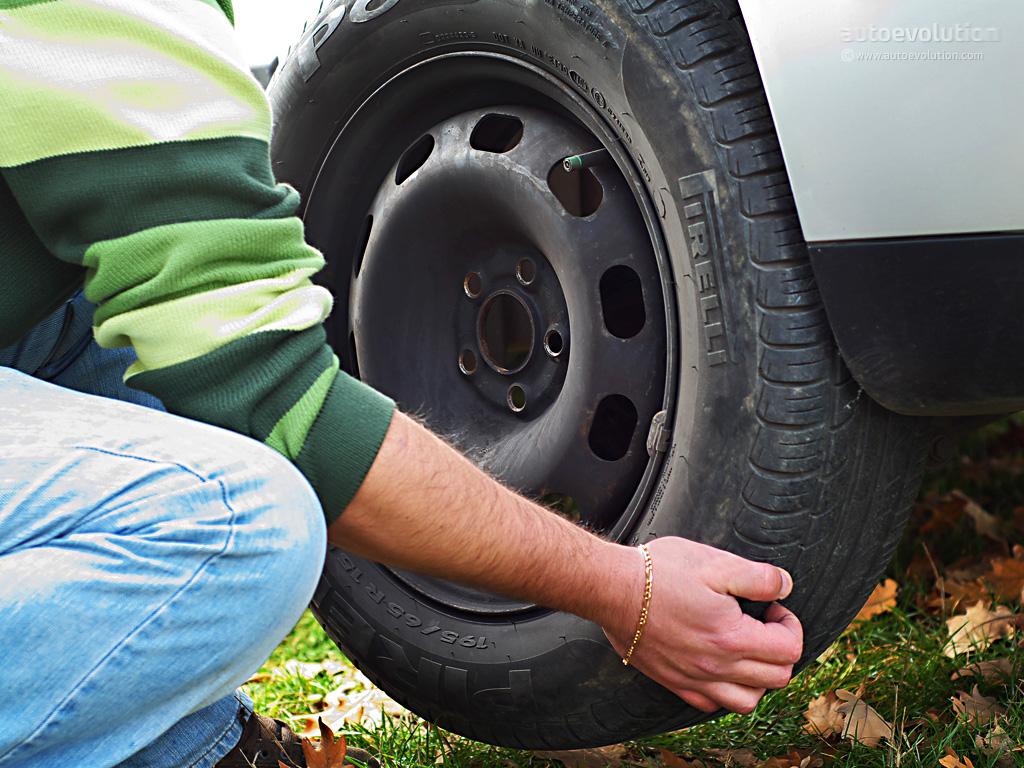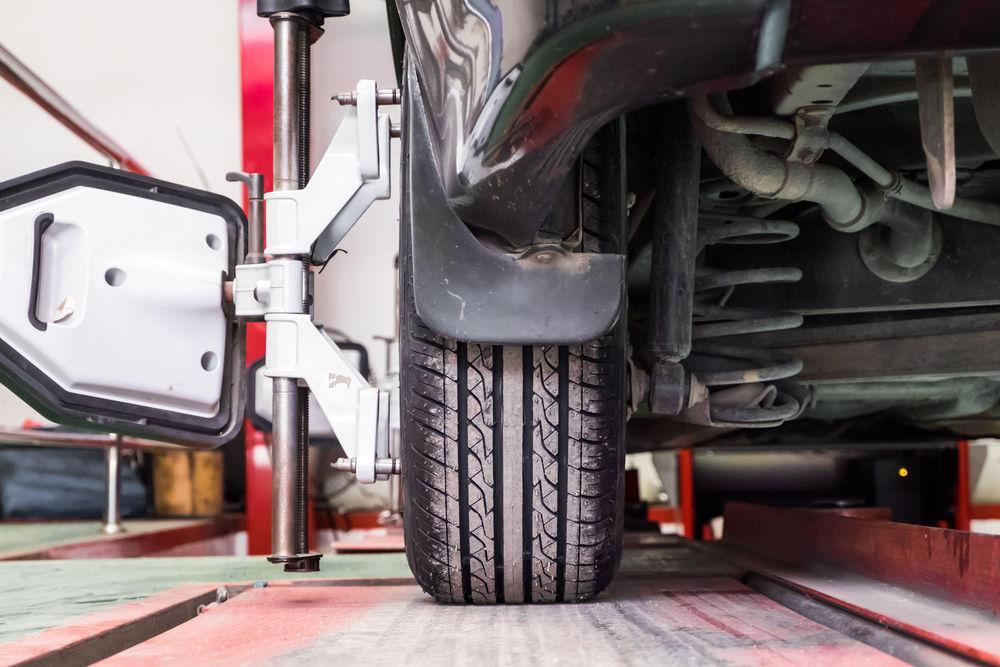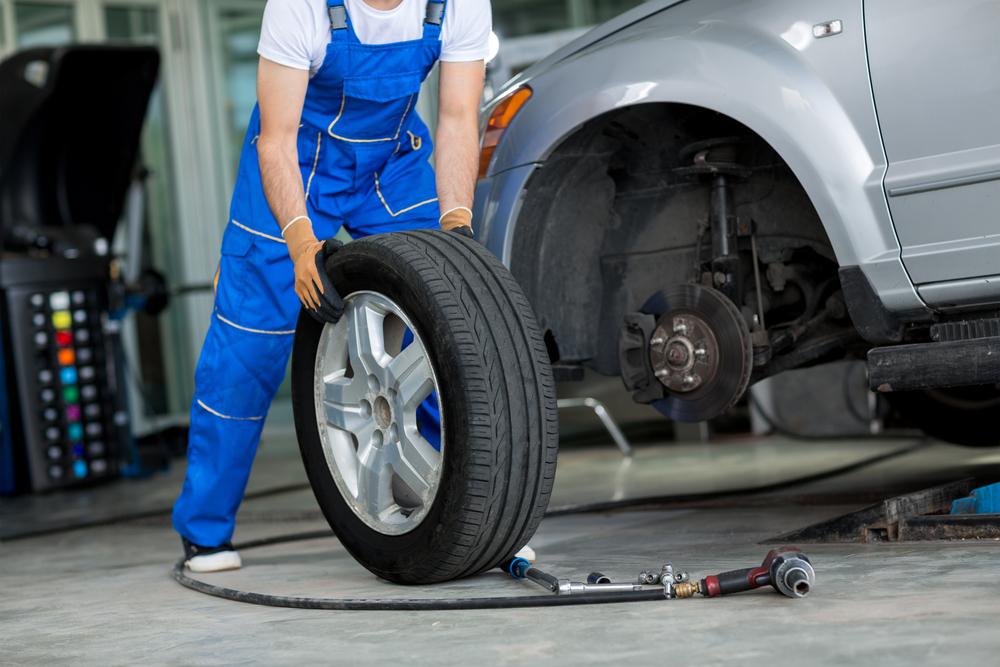A blown-out tire surely creates some troubles, but it’s a quick fix. It’s a quick job either in a servicing shop or in your garage. All you have to be careful is picking up the same size and model of the rest of the tires. Easy-peasy, right? Not quite. One of the most asked questions regarding replacing tire is, can I replace just one tire?
Why do people ask that? Is there any necessity to replace the other ‘good’ tires upon changing the bad one? Many mechanics and automobile experts suggest changing all four or both of a pair. Let’s discuss the factors that determine if you need to change all four or only the blown one.
Contents
Can I Replace Just One Tire?
Whether you can replace only one tire or need to change all four of them depends on some factors. If you are scratching the head to find the answer, read the following discussion about the set of criteria that the tires need to meet.

Check Treads on Other Tires
The condition of other tires determines whether it’s enough to change the affected tire only. In other words, the rest of the tires have to have enough tread. If the tread depth mismatches too much, the car’s handling will feel off-balance.
Experts recommend changing a tire when its tread depth gets lower than 4/32 of an inch. Use a penny to check the tread depth of the other three tires. If it’s too low than the tread of a new tire, you’ll need to change all of them.
SEE MORE
What is the Type of Tires?
Subtle differences in tires can damage a vehicle’s health. The model, type (rear or front), and tread pattern of the tires should be similar.
If the changed tire is different, it could put the vehicle’s control off balance. Everything from acceleration to cornering, braking, and handling will be affected. If you want a balanced driving experience, match all the tires with each other.
Is the Vehicle an AWD?
Can I replace just one tire? No, if you have an all-wheel-drive (AWD) vehicle. You already know that lower-tread tires will spin faster than the ones with a deeper tread. The accelerated spinning results from these tires’ reduced diameter. Different wheel speed is dangerous for an AWD car as it affects the drivetrain by causing a four-wheel lock.

What about Replacing Two Tires Instead?
If the blown tire is on the rear wheels, change both tires on that rear side. The rear tires help with the car being stable. They prevent unwanted spinning or rollover of the car on slippery surfaces. If you change one tire on the rear side, the older one is likely to lose traction during braking and steering.
So, these are the conditions to meet for changing tires in a vehicle. The only scenario when you can change one tire only is when the rest are almost new.



